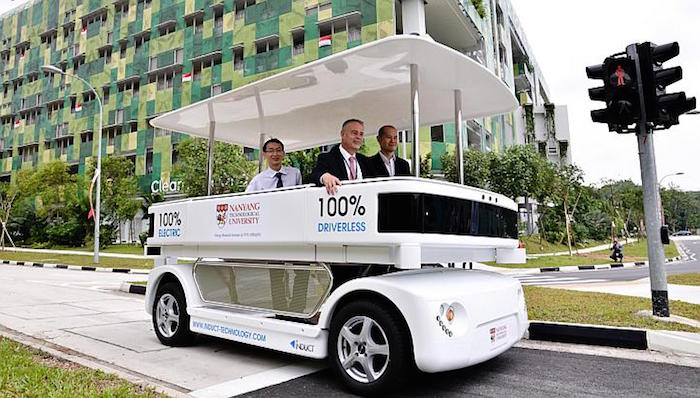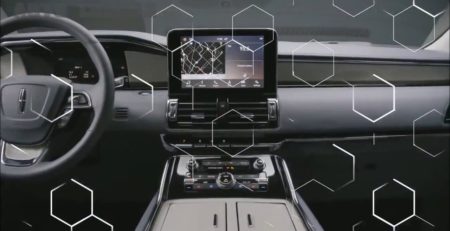The insurance industry, at least when it comes to motor insurance, has reached a mature lifecycle stage. Hyper competition and lack of product differentiation are leading to significant revenue reductions for a majority of incumbent and established Insurance companies. In a situation where motor insurance has a significant bearing on business sustainability, insurers now are seriously looking at the Internet of Things (IoT) to find ways to stabilize revenues, minimize risk, and incentivize safe driving.
When it comes to premiums, there is a clear anomaly in terms of connecting risk with premiums. Currently, premiums are not aligned to the risks associated with driver behavior. Instead, premiums are based on the make, the year, and capacity of the vehicle.
Recent advancements in vehicle telematics technologies has led to the evolution and deployment of new products and services. Telematics are used in myriad ways to meet various business ends. This is where usage-based insurance (UBI) comes into the picture. UBI is an innovation by auto insurers that more closely aligns driving behaviors with premium rates for auto insurance.

UBI relies on varied data points, including speed, mileage, location, time, trip duration, and driver behaviors (such as hard stops), culled from telematics devices embedded in vehicles. The level of data gathered is based on the level of technology employed by the insurer, along with the policyholder’s willingness to share personal data.
Such data can be used to gain a competitive advantage in that companies can associate driving behavior with risk and premiums in a credible manner.
The Significance
In order to ensure that the premium calculated is accurate, insurance companies need to get their hands on rich, in-depth data. For that, the telematics devices need to gather from multiple parameters. UBI systems should be able to identify and isolate the environment or context of an episode being analyzed. For instance, hard braking on a highway constitutes a greater risk as compared to braking on a road with traffic moving at relatively slower speeds. Different driving records, histories, and abilities should be reflected in the premiums.

UBI systems can differentiate events and can more accurately measure how people actually drive by contextualizing the data gathered. This will have a significant impact on the insurance sector across the globe. Different variants of UBI are in use right now. These range from pay-as-you-drive in Japan, to measuring traditional parameters in countries such as Austria, to measuring events (pay how you drive) through a crash recorder in Switzerland.
Back in 2014, many insurers ran pilot UBI projects in India. However, those projects did not meet the expectations of insurers, as customers were not willing to pay the additional amount for the devices to be fitted in their vehicles. The pilots were stopped and insurers moved on. Interestingly, as of 2016, according to figures published by the General Insurance Council, less than 50 percent of vehicles in India were covered by third-party insurance. This represents a huge opportunity for insurers to capitalize on if an optimal pricing model could be worked out.
UBI Adoption Drivers
The adoption of UBI will gain momentum if these aspects are addressed:
- Regulatory clarity: The Insurance Regulatory and Development Authority (IRDA) has a proposal that seeks to differentiate drivers based on driving habits, offering more incentives to promote good driving habits while discouraging bad drivers through risk-linked premiums. IRDA coming out with specific guidelines will provide a clear impetus for greater UBI adoption.
- Device ownership and pricing: Who bears the cost and what happens when a driver switches from one insurer to another?
- Falling device and installation costs, as well as better alignment with smart phones: Costs have been falling in the last couple of years and, in a price-sensitive market, this could make a huge difference to adoption rates.
- Data ownership: Data security and accountable data management is essential at all stages of deployment. Strict compliance mandates and norms should be formulated and deployed to ensure that data is not leaked or used without prior consent of the customer.
- Strong value proposition: Customer experience, as well as value delivered to the customer, will drive the expansion of UBI.
Grey Areas
India is a country where a vehicle may be owned by a single individual but is driven by many (including family members or a chauffeur). How can a driver score be derived in such a scenario? Additionally, the degree of premium variation might lead to customer attrition. If an insurer does not provide a discount on insurance premiums for a vehicle owner to the extent she wants, she might opt for another insurer.
Overview
We are in the early stages for UBI in India. But a sustained effort from the government and industry, with clear guidelines, pricing, and data security, will turn the country into an early adopter. The real benefit of UBI might yet be in making our roads safer and drivers more disciplined.
Read more at https://blog.aeris.com/usage-based-insurance-a-new-data-driven-reality











